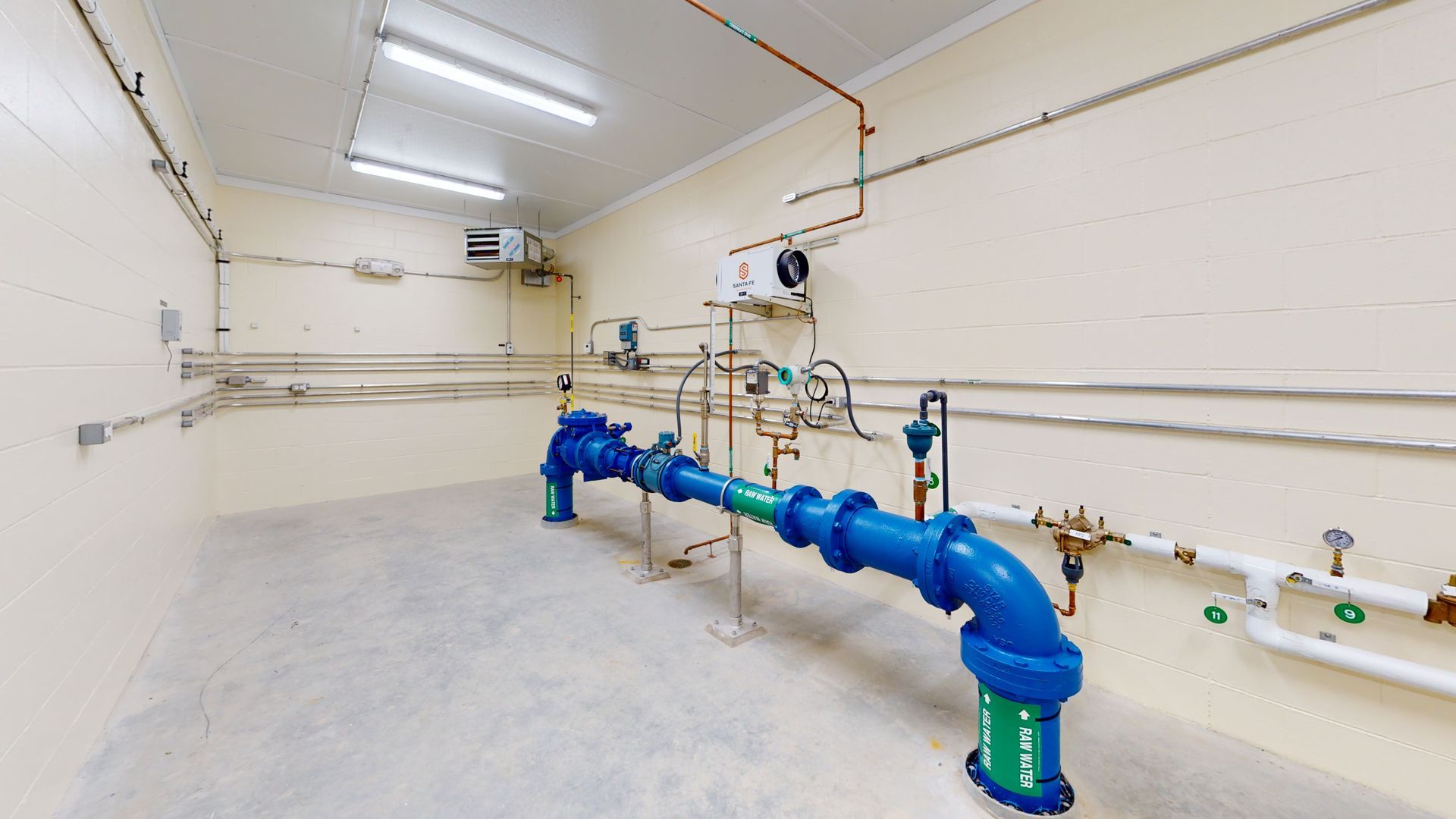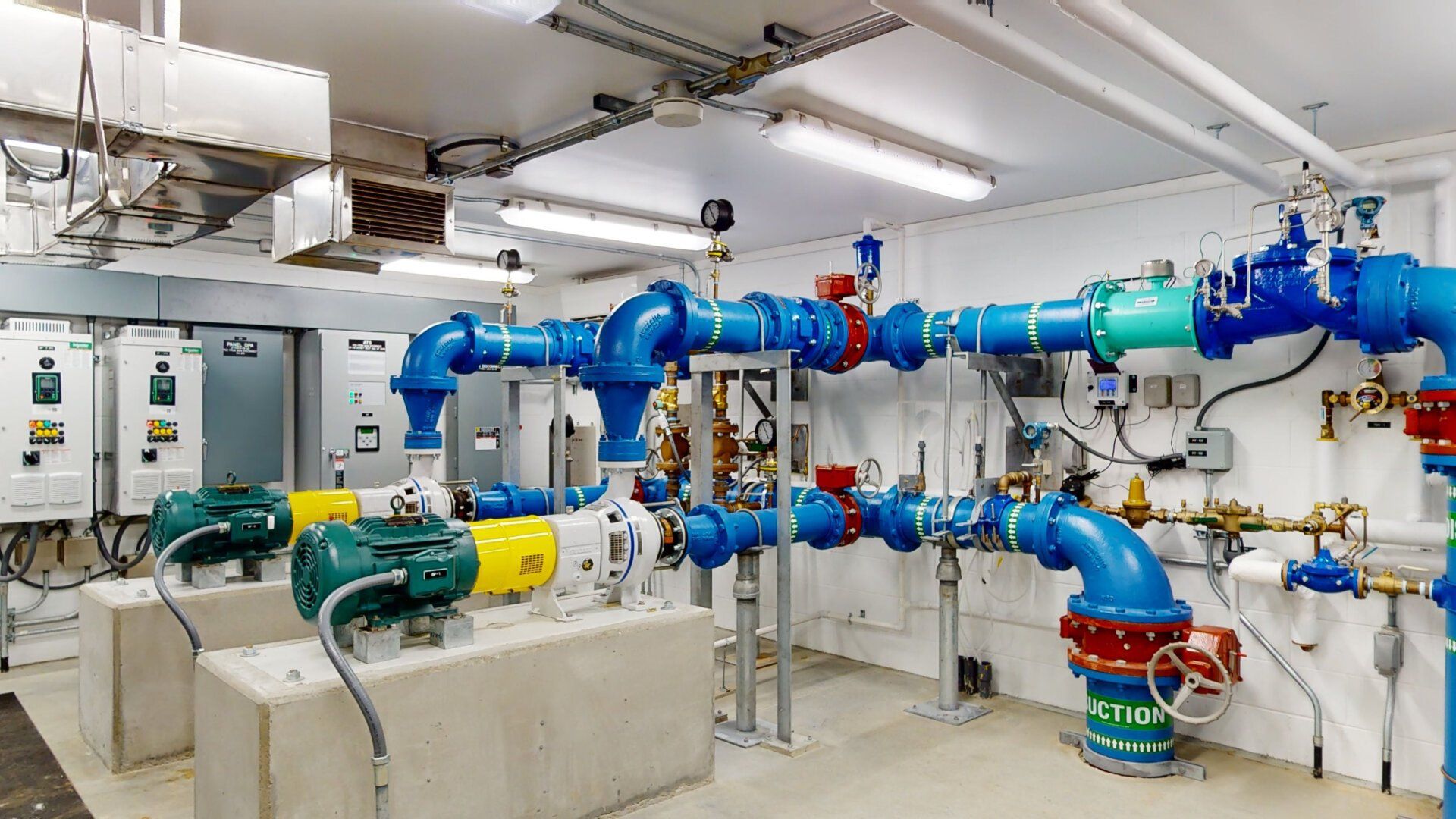By HAWSCO
•
29 Sep, 2016
The current drought situation in southern New Hampshire has brought on a wave of questions regarding appropriate water use, consumption, and supply. Here at HAWSCO, we're often asked the question, "How's my water supply looking?" Several inquiries have also been submitted asking "why?" or "why hasn't?" a water ban has been issued. In this post, we'll lay out some of the underlying factors that hopefully provide answers to these types of questions. We'll do our best to keep things simple, but if you have specific questions, don't hesitate to contact us. First things first, let's review the types of water systems:If you live in New Hampshire, you're most likely on your own private well, a community water system, or a municipal water system which may operate on wells or draw from a water reservoir such as Lake Massabesic for the City of Manchester. These systems all have differences even when they are of the same type.One big misconceptionA common misconception is that we all draw water from the same giant underground pool of water. The reality is that underground water fills pores and cracks in, around, and between sand, silt, gravel, and bedrock. Your water supply might come from one deep crack in the bedrock while your neighbor's from a shallow gathering of water-soaked sand and gravel. You could run your well dry and your neighbor's well might not even flinch because their well draws from different pores and cracks. The diagram below explains how the various water systems work and where the water comes from:Diagram depicting various types of water systems and the underground sources of water(click diagram to enlarge).Private wellsA private well, much like the artesian/drilled one that my family relies on, only services my house and therefore is my responsibility for maintenance and repairs. My well was drilled down 240 ft into a water-bearing bedrock fracture yielding 60 gallons-per-minute of water.Click diagram to enlargeMy well pump is located 140 ft down into the well. The static water level (water table) was initially recorded at 10 ft below ground surface, meaning I should have 130 ft of "available" water draw-down before the well runs dry and needs to recover. At 60 gallons-per-minute though, I might expect the well to recover rather quickly.When my house was built, long before my family moved in, the well driller determined these specifics. The well was drilled to 240 ft because there is likely a water-bearing fracture in the bedrock located near that distance below ground. In NH, most wells installed after 1984 have these details recorded at: http://www2.des.state.nh.us/DESOnestop/BasicSearch.aspxMy neighbors on each side have wells spanning 200 ft to 400 ft with between 2 and 8 gallons-per-minute of supply. They need to be a little more cautious drawing water down too quickly since their water-bearing fractures do not yield much water.Not all private wells are artesian or drilled. Some are dug wells and some are sand & gravel wells. A dug well might be more prone to dry out during a drought mainly because they are so shallow. A dug well at 15 feet below ground only has a few feet of available water draw-down before it reaches the pump level.A sand & gravel well located in a stratified drift aquifer might be just as shallow, but has such a strong yield (gallons-per-minute of water supply) that it is constantly replenishing despite usage.Stratified Drift Aquifers Southern NHSource: http://granitviewii.unh.edu/(click map to enlarge)While homeowners with private wells typically have the freedom to use or conserve water at their own discretion, it is wise to follow the New Hampshire Department of Environmental Services' recommendations especially in times of drought. It is also important to recognize that the town can still enforce watering bans on you even if you own a private well. Community/Association Water SystemsIf you live in a condo or homeowner's association outside of the main metro areas, it is likely that your water comes from a community water system. While they are all different, these systems usually consist of one or several wells connected to a water storage tank and pump house (360 photo shown above). The pump house might contain various meters, booster pumps, filters, and treatments to provide safe drinking water to the entire association or community. These water systems have state requirements that Certified Water Operators monitor the water supply 24/7. You can learn more about this at HAWSCO's website www.nhwaterservices.com . If you are concerned about drought conditions affecting your community water system, it might ease your worries to know that certified water operators are analyzing usage data with historical data and forecasts to determine if water supply is a concern.Public Water UtilityA public water utility system sometimes referred to as "town or municipal water" is typically drawn from a water reservoir, but might also contain wells. The water is treated at a much larger facility than a community water system pump station. While the water utility will monitor reservoir levels, storage tanks, and reservoir sources to determine if a water restriction is needed the decision might be influenced by government officials and bureaus who regulate the water utility. So, to answer the big question, "What's My Risk of Running Out of Water in a Drought?"It really depends on all of the above factors (and a few more that would make this post longer than it already is). Hopefully, you can use the information in this post and the details of your specific well provided at: http://www2.des.state.nh.us/DESOnestop/BasicSearch.aspx to determine if you should be concerned during a prolonged extreme drought.In summary, if your neighbor's well run's dry, or if they are excessively watering their lawn, consider the differences they might have in their well or water system before making judgments or accusing them of using up all of the water in the neighborhood. With that in mind, let's not forget that water conservation/waste in general, might have an effect on our children's future. www.nhwaterservices.com facebook.com/nhwaterservices Hampstead Area Water Services Co.










